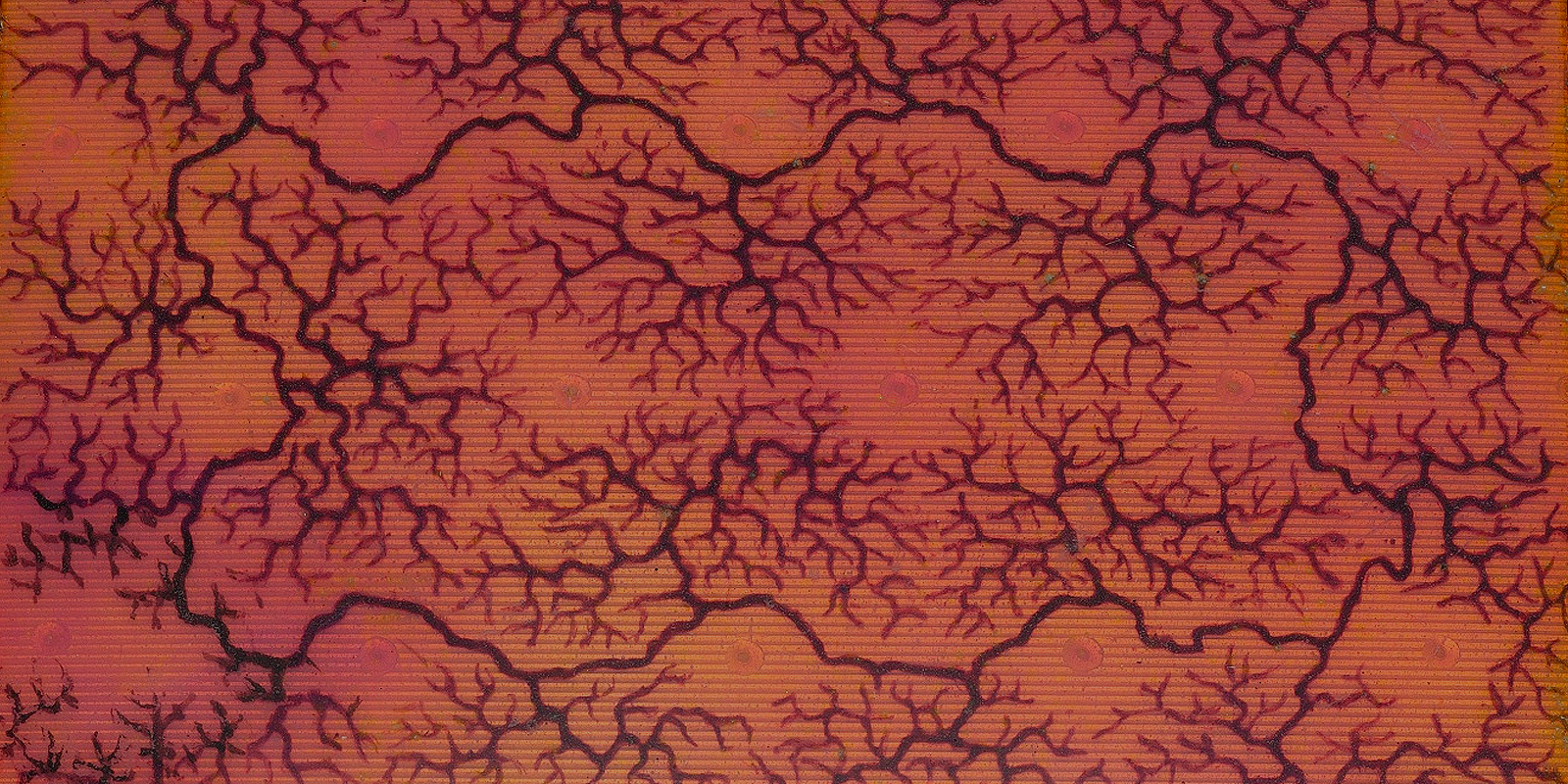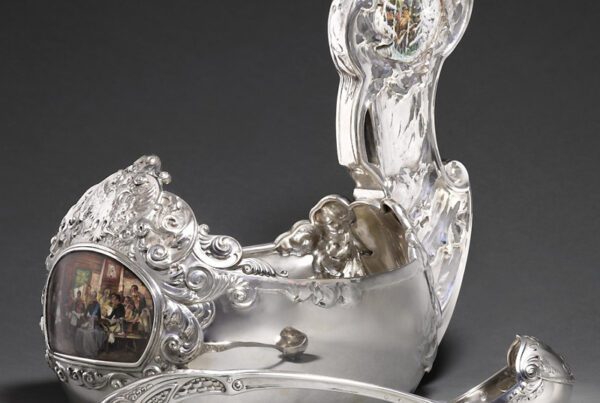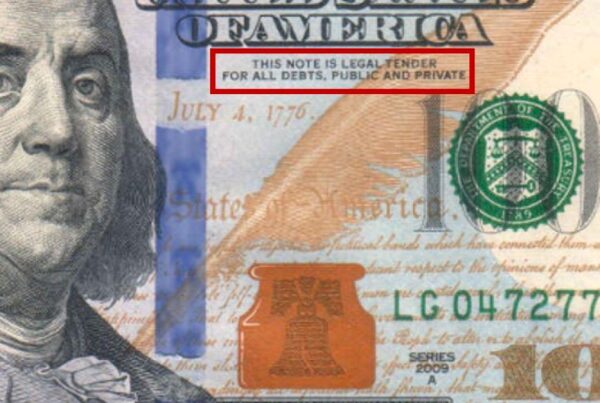As a sad symbol of the demise of London’s Russian auction market, William MacDougall died suddenly in Moscow on August 25 (though nearly three months later there is nothing on the company website to tell you so). MacDougall founded his firm in 2004 and built it into an outfit that could, on its day, challenge Sotheby’s and Christie’s for Russian Week headlines – although seldom, admittedly, in the field of works of art.
Meanwhile Christie’s top brass have decided to bite the bullet and disband their Russian Department. I’m truly sorry for those whose lives, after years at Christie’s, are now shattered or uncertain – indirect casualties of Putin’s barbaric war in Ukraine. Finding employment in the same field will be a daunting if not impossible challenge. However, the Department’s Supreme Autocrat, Alexis von Tiesenhausen, appears to be staying on, having landed himself some sort of consultancy rôle.
The de facto end of Russian Auction Week – a glittering twice-yearly feature of the London art scene since 2005 – is a savage blow to the Russian art market. Fewer items will surface, and those that do will be scattered around various sales and harder to find. Most dealers have always had a love-hate relationship with auction houses but, with Russian Sales no more, I guess the hate will give way to nostalgia and fond remembrance.
As a result of Putin’s War it is now hard for Russians to get visas for UK, or to get to London from Moscow – no more direct flights, but a tedious journey including a lengthy stopover in Istanbul. Kremlin people attending the V&A Fabergé show flew via Dubai, where they had to wait God knows how long.
Russians cannot buy stuff in London: auction houses are not accepting their money. As strange as it may sound, items bought even in the pre-war days can’t be released to the Russian buyers. Russians cannot sell stuff either: Sotheby’s and Christie’s cannot send money to Russia. Rules about dealing with Russians are stiffening. London auction houses simply don’t want to hear about Russians right now. Russian material is being shunted around various other departments: Works of Art to Silver or Jewellery, for instance, or Paintings to 19th Century or Impressionist & Modern. With the big London firms losing interest, Russian material will end up being spread around a gaggle of smaller auction houses, notably in France – Bonhams have already started selling Russian material in Paris (see below).
*
Sotheby’s, meanwhile, are struggling on, albeit without printed catalogues. Penny-pinching auctioneers are happy to post everything online these days – where it’s increasingly difficult to find what you’re looking for. Most of the sites are terrible and hard search. Auction catalogues have embellished my library for over forty years and are an invaluable source of information and research. Sadly, the world has changed: Sotheby’s and Christie’s are run these days by money guys who care not if they sell Rembrandts, used tires or pirozhkis as long as they can deliver healthy profits to the investors.
Around sixty Russian including Fabergé pieces are to feature in Sotheby’s 144-lot sale of Fabergé, Gold Boxes & Objets de Luxe at the Mandarin Oriental Hotel in Geneva on November 15. No big shakes, no new discoveries or masterpieces – but the stuff is basically clean (except for one or two items that caused me some visual grief when I came across them at the viewing). Estimates seem to be on a pre-War level: I hope such optimism pays off, and attracts buyers who used to pay big bucks in the past. The star of the show – a rock crystal box – apparently got stuck at Customs and will not be part of the upcoming sale. That’s annoying! I was eyeing the piece to potentially enlarge my collection of Fabergé cases. Maybe later….
 Lot 1300, Fabergé Gold, Silver-Gilt and Guilloché Enamel Desk Clock
Lot 1300, Fabergé Gold, Silver-Gilt and Guilloché Enamel Desk Clock
That leaves the sale’s expected highlight as a circular green enamel desk-clock by Wigström, applied with continuous scrolling band of gold laurel (est. CHF 70,000-90,000). Good luck to Sotheby’s.
Two other Wigström desk-clocks, both with lavender-coloured enamel, are boring and very lacklustre – entry-level clocks for wannabe Fabergé collectors. The larger is triangular and has a CHF 50,000-70,000 estimate; the smaller is circular, with an estimate of CHF 35,000-55,000. I do hope they will find buyers.
 Lot 1333, Fabergé silver-gilt and en plein pictorial enamel kovsh
Lot 1333, Fabergé silver-gilt and en plein pictorial enamel kovsh
A silver-gilt kovsch by Rückert, with a painted miniature of Vasnetsov’s trusty Knight at the Crossroads, has an estimate of CHF 40,000-60,000 that is more than ambitious given its tarnished condition and the damage to the miniature – which has been painted over top-left in a white that has sullied to a dirty beige that clashes jarringly with the surrounding clouds. Sotheby’s give no information about provenance but I’m pretty sure it’s been on the market before. I regret to say that its condition is unacceptable to any serious buyer.
- Lot 78, Gem-set silver-mounted and enamel bird’s-eye maple casket
- Lot 79, Parcel-gilt silver figural inkwell
A couple of noteworthy Russian objets d’art appeared at Sotheby’s London on November 8, although there was nothing to indicate their presence in the sale’s unappetizing title – Classic Design: Furniture, Silver, Ceramics & Clocks. A silver inkwell by Ivan Khlebnikov dated 1875, incorporating peasant figures by a well, commanded a respectable £40,000. But a gem-set, silver and enamel maplewood casket also by Khlebnikov – made in the years before World War One, when the firm was run by Ivan’s sons – could only shuffle past its reserve to a premium-inclusive £52,900. Similar boxes used to fly past six figures quite a few times in the past! Alas, good old times have vanished.
As I said earlier, Paris is set to benefit from the decline of London’s Russian market, and modest indication of that also came on November 8 – when Bonhams teamed up with local auction-house Cornette de Saint-Cyr to sage a 72-lot sale of Non-Conformist art. It brought €322,000, with a highest price was €60,900 for a 1957 Rabin cityscape. The anticipated top lots, by Weisberg and Sitnikov, were among the 32 works that failed to sell.











